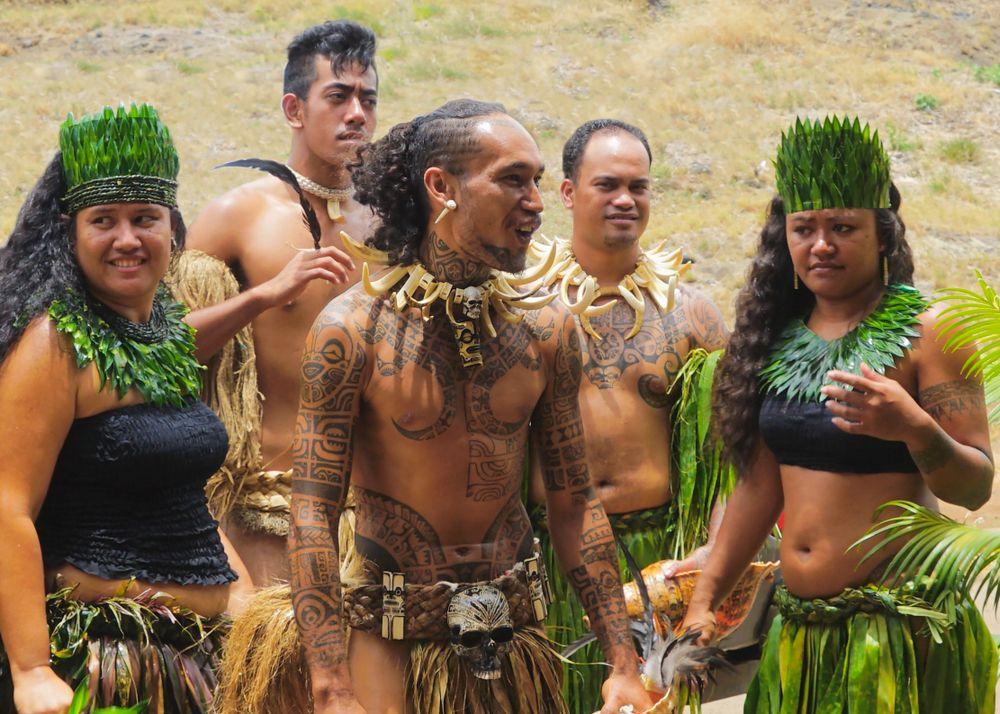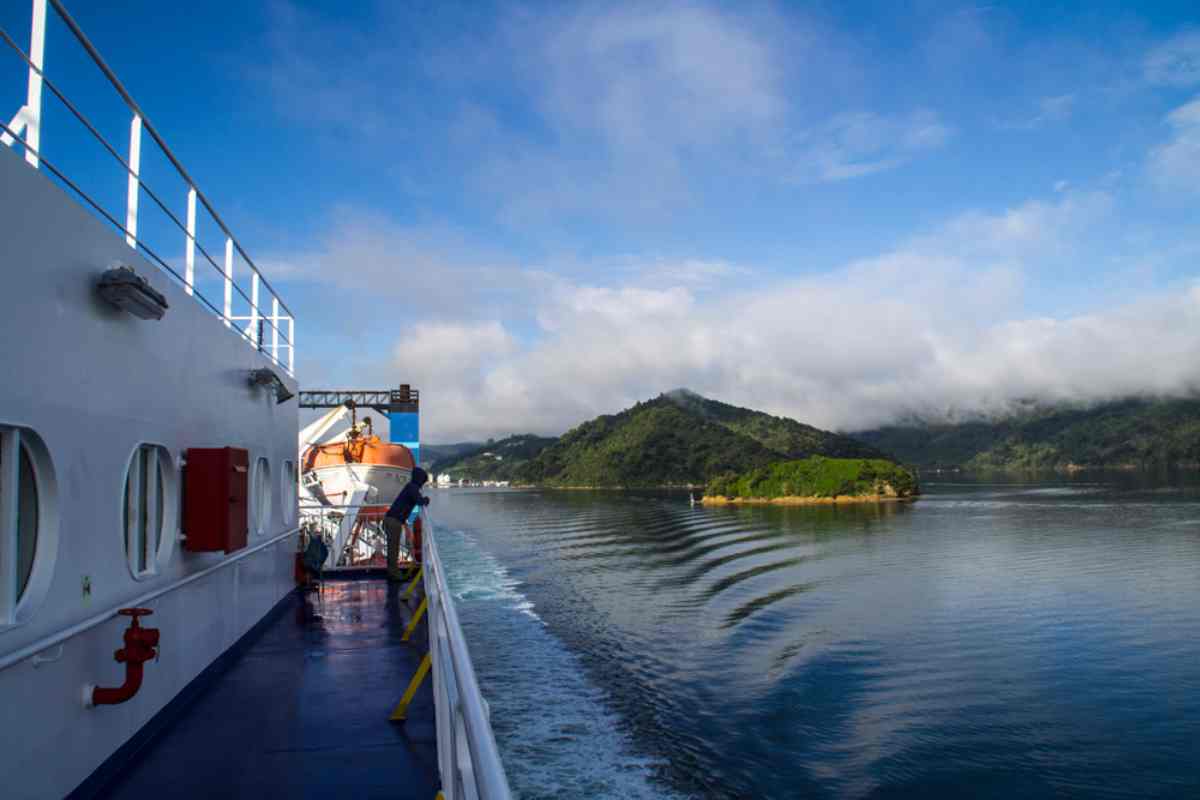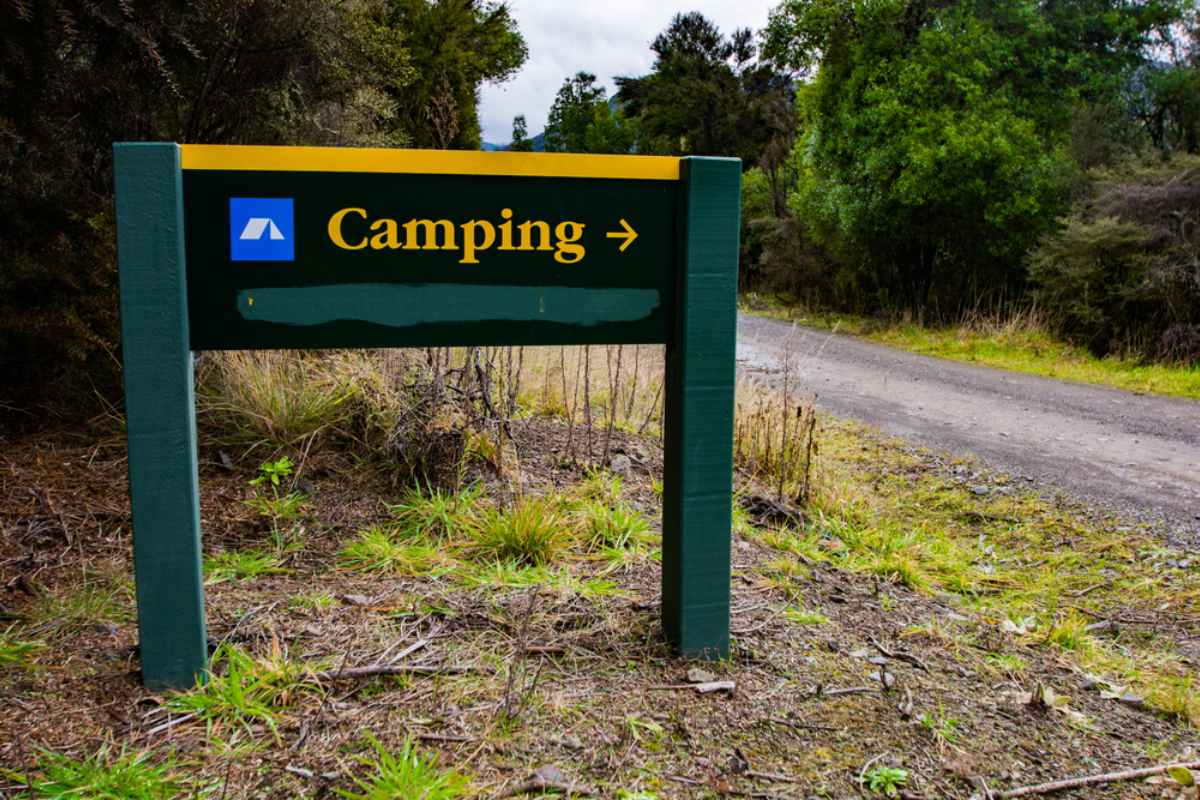Nestled amid the breathtaking landscapes of New Zealand's South Island, Queenstown's history is as captivating as its scenery. From its early Maori legends to the gold rush era that transformed it, Queenstown's past is a tapestry of adventure, hardship, and triumph.
Maori Legends
The narrative of Queenstown weaves a tale that stretches back centuries before the footprints of European settlers marked its lands. The Maori people, New Zealand's indigenous population, held a deep connection with this area, particularly for its abundance of pounamu, also known as greenstone. This precious stone was not just a material resource but a cultural treasure, integral to Maori art, weaponry, and spirituality.
The region known as Tāhuna, meaning 'to grow' in Maori, served as a testament to the land's generosity, offering sustenance and resources to those who traversed its landscapes. The Maori's seasonal visits highlight a profound relationship with the land, one of respect and reciprocity, leaving behind ti kouka (cabbage trees) as markers of their presence and ensuring the sustainability of resources for future visits.

European Settlers
In contrast, the mid-19th century heralded the arrival of European explorers, eager to chart unknown territories. Nathan Chalmers, a Scottish-born settler, became the first European to lay eyes on the majestic Lake Wakatipu, guided by a Maori chief named Reko. This journey, fraught with challenges and made in exchange for a simple three-legged pot, marked the beginning of European interest in Queenstown.
Chalmers' expedition through the rugged landscapes, albeit ending in his retreat due to illness, paved the way for future settlers. By 1860, the shores of Lake Wakatipu witnessed the establishment of the first European settlements, spearheaded by William Rees and Nicholas von Tunzelmann.
This marked a pivotal shift in the region's history, transitioning from a land frequented by Maori for its natural gifts to a burgeoning settlement attracting adventurers and settlers from afar.
The juxtaposition of Maori reverence for the land and the European quest for exploration and settlement encapsulates the diverse tapestry of Queenstown's history. It is a history that spans the sacred and the worldly, the indigenous and the exploratory, each leaving an indelible mark on the landscape of Queenstown.
The Gold Rush Era
The Gold Rush Era in Queenstown, ignited by the discovery of gold in the Arrow River in the 1860s, transformed the region from a tranquil settlement into a bustling hive of activity. This period marked a significant chapter in Queenstown's history, drawing prospectors and adventurers in search of fortune.
The influx of miners catalyzed rapid development, including the establishment of infrastructure like the Queen’s Arms Hotel to cater to the new residents. While the gold rush brought prosperity to some, it also underscored the challenges and hardships of mining life.
This era profoundly influenced Queenstown's growth, embedding a legacy of resilience and adventure that continues to define its character today.

From Gold Rush to Adventure Capital
Post-gold rush, Queenstown embarked on a journey of transformation, leveraging its natural beauty and pioneering spirit to develop into a premier adventure tourism destination.
By 1947, it proudly opened New Zealand's first commercial ski area at Coronet Peak, signaling the beginning of its future as an adventure hub. The advent of jet boat tours in 1958 further diversified its offering to thrill-seekers. However, it was the introduction of the world's first commercial bungy jump in 1988 that truly sealed Queenstown's fate as the "Adventure Capital of the World."
These developments, deeply rooted in the town's history of exploration and adventure, have established Queenstown as a global magnet for those seeking extraordinary experiences.
A Rich Tapestry of Culture and Heritage
Today, Queenstown bridges its storied past and vibrant present through a plethora of cultural and heritage activities that celebrate its rich history. The town is a hub for the arts, boasting a dynamic scene filled with galleries and events that shine a spotlight on the talents of local artists.
Historical sites, such as the Lakes District Museum located in Arrowtown, provide a window into the lives of the area's European and Chinese settlers. Additionally, heritage walks and tours offer an immersive experience into Queenstown's historical narrative, allowing visitors and locals alike to explore the region's historical depth and diversity.
Maori heritage also remains a vital part of Queenstown's identity, with traditional stories and sites enriching the visitor experience.
As you plan your journey through Queenstown's remarkable landscapes, consider the stories that have shaped this land. Whether you're exploring on foot, by bike, or even by campervan, there's no better way to appreciate the region's beauty than with a sense of its history.
For those seeking adventure and discovery, renting a campervan offers the freedom to explore Queenstown's historical sites and natural wonders at your own pace. Start your adventure with Campervan New Zealand and immerse yourself in the pioneering spirit that defines this extraordinary corner of the world.
Queenstown's history is a testament to human resilience and innovation, from its early Maori visitors and European settlers to the adventurers who continue to be drawn to its shores. As we wander through this landscape, let's remember the stories that have made Queenstown a place of legend and lore.


 By
By










